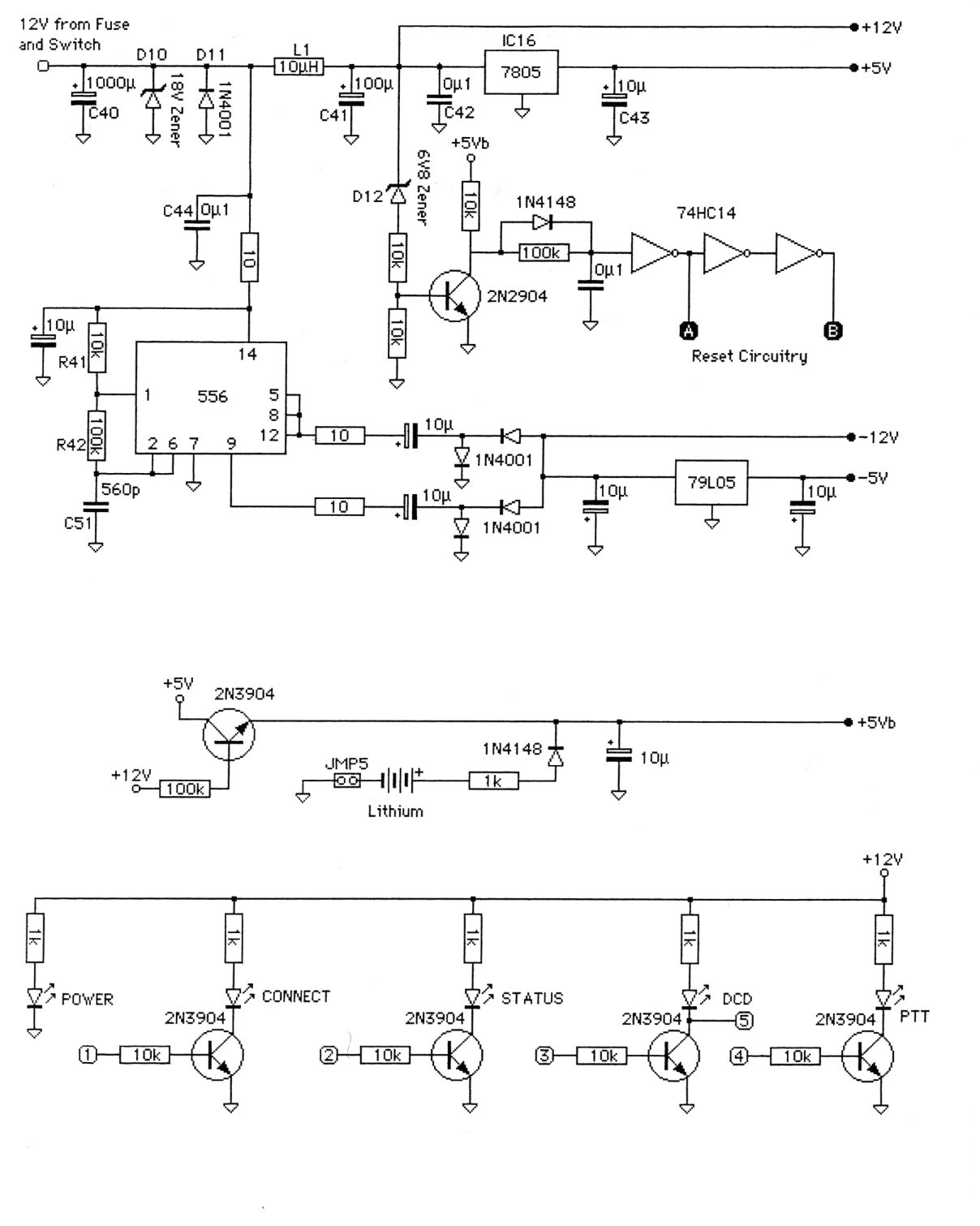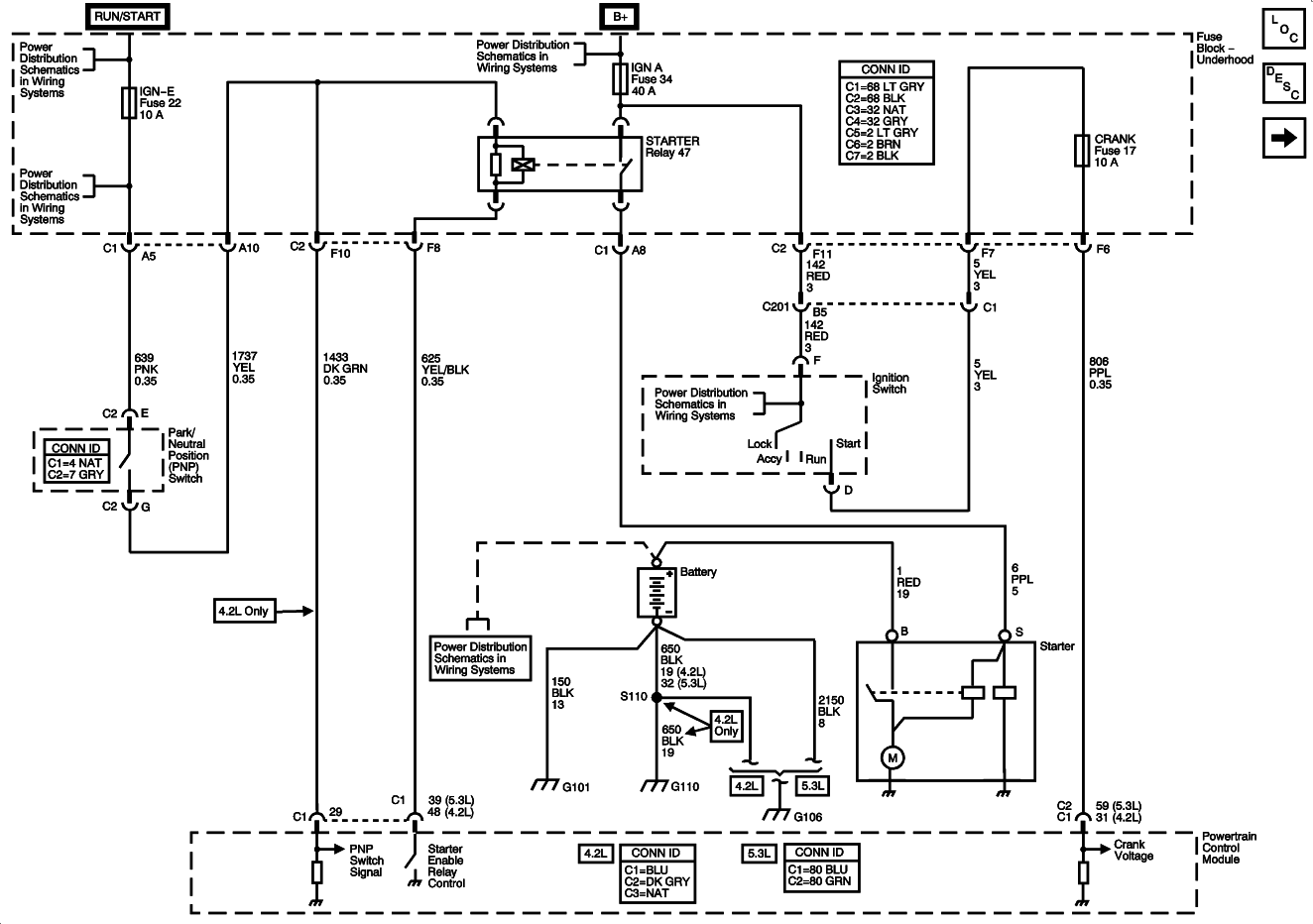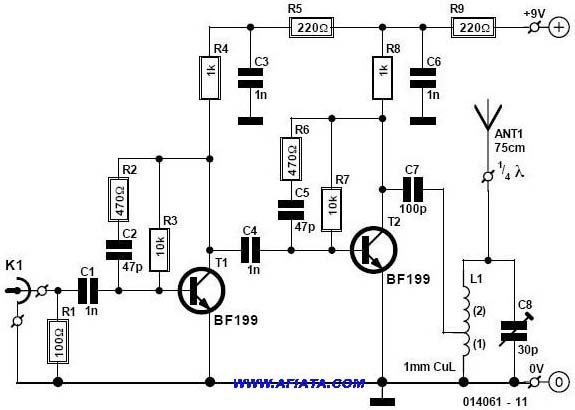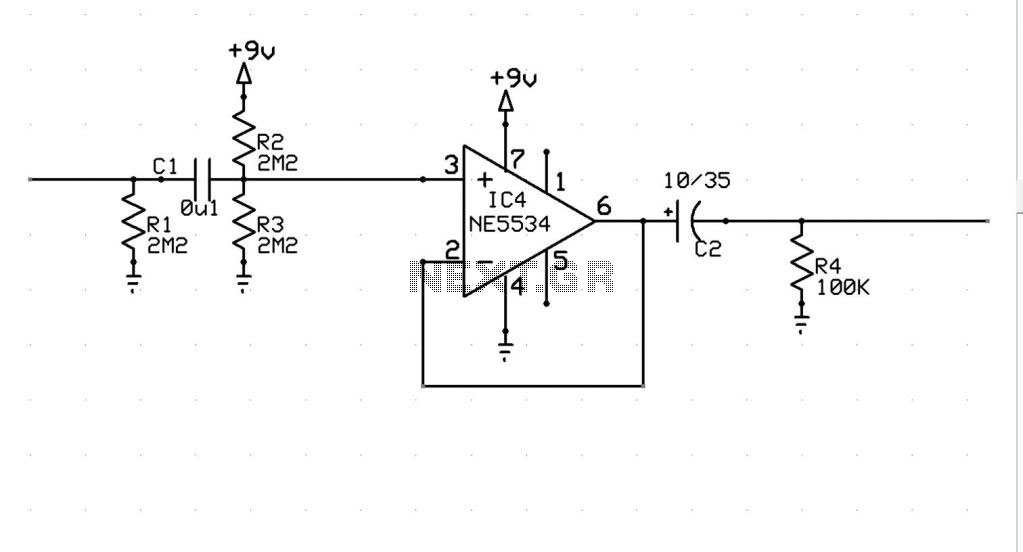
G0BSX BSX2 packet radio

As packet radio began to gain popularity, the limitations of the initial experience with the "BSX1" TNC became apparent. It only supported AX25 version 1 and had restricted input/output capabilities. Additionally, the command set was not standardized, diverging from the widely accepted TAPR TNC2 command set used for bulletin board systems (BBS) and terminal programs. Consequently, a decision was made to replicate the TAPR TNC2 design. The goal was to create a smaller, simpler board utilizing readily available components. Following the development of prototypes, interest from others led to the decision to offer the boards at cost to the amateur radio community. Ultimately, around 4,500 BSX2 boards were produced, which significantly contributed to the networking infrastructure of the UK packet radio network.
The BSX2 board is a compact terminal node controller (TNC) designed for amateur radio packet communication. It builds upon the foundational elements of the TAPR TNC2, ensuring compatibility with the more widely adopted AX25 protocol. The design emphasizes a streamlined layout that minimizes the physical footprint while maintaining functionality. Key features include an efficient microcontroller for processing data packets, a dedicated interface for connecting to radio equipment, and a set of standardized command inputs that align with the TAPR TNC2 specifications.
The board incorporates a variety of input/output ports, allowing for easy integration with external devices such as computers, modems, and other TNCs. The choice of components was made with sourcing simplicity in mind, ensuring that amateur builders could easily obtain parts for assembly and repair. This approach not only fostered a sense of community among users but also encouraged experimentation and innovation within the amateur radio field.
The widespread adoption of the BSX2 board is evidenced by the production of approximately 4,500 units, which facilitated the establishment of a robust packet radio network across the UK. Its impact on amateur radio communication is significant, as it provided an accessible and reliable means for users to connect and exchange data, contributing to the overall growth and development of packet radio technology.Once packet radio started taking off, the limitations of my first foray into AX25 with the "BSX1" TNC became evident. It supported AX25 version 1 only and was limited in its IO capabilities. The command set was also "non standard" due to the almost universal acceptance of the TAPR TNC2 command set for BBS and terminal programs.
I therefore decided to "clone" the TAPR TNC2. I wanted a smaller simpler board with easy to source components. Once I built my prototypes, others became interested and, as a result, I made the boards available at cost to the amateur community. Some 4500 BSX2 boards were built and it formed much of the networking backbone of the UK packet radio network.
🔗 External reference
The BSX2 board is a compact terminal node controller (TNC) designed for amateur radio packet communication. It builds upon the foundational elements of the TAPR TNC2, ensuring compatibility with the more widely adopted AX25 protocol. The design emphasizes a streamlined layout that minimizes the physical footprint while maintaining functionality. Key features include an efficient microcontroller for processing data packets, a dedicated interface for connecting to radio equipment, and a set of standardized command inputs that align with the TAPR TNC2 specifications.
The board incorporates a variety of input/output ports, allowing for easy integration with external devices such as computers, modems, and other TNCs. The choice of components was made with sourcing simplicity in mind, ensuring that amateur builders could easily obtain parts for assembly and repair. This approach not only fostered a sense of community among users but also encouraged experimentation and innovation within the amateur radio field.
The widespread adoption of the BSX2 board is evidenced by the production of approximately 4,500 units, which facilitated the establishment of a robust packet radio network across the UK. Its impact on amateur radio communication is significant, as it provided an accessible and reliable means for users to connect and exchange data, contributing to the overall growth and development of packet radio technology.Once packet radio started taking off, the limitations of my first foray into AX25 with the "BSX1" TNC became evident. It supported AX25 version 1 only and was limited in its IO capabilities. The command set was also "non standard" due to the almost universal acceptance of the TAPR TNC2 command set for BBS and terminal programs.
I therefore decided to "clone" the TAPR TNC2. I wanted a smaller simpler board with easy to source components. Once I built my prototypes, others became interested and, as a result, I made the boards available at cost to the amateur community. Some 4500 BSX2 boards were built and it formed much of the networking backbone of the UK packet radio network.
🔗 External reference





